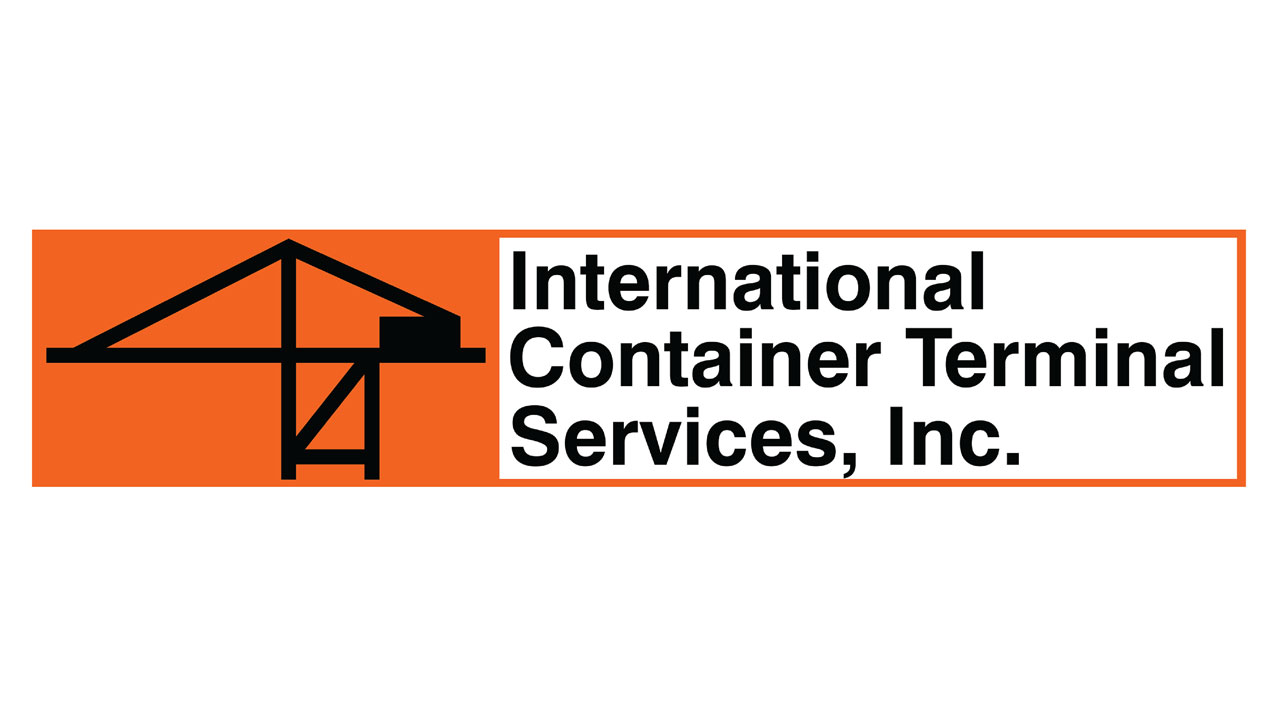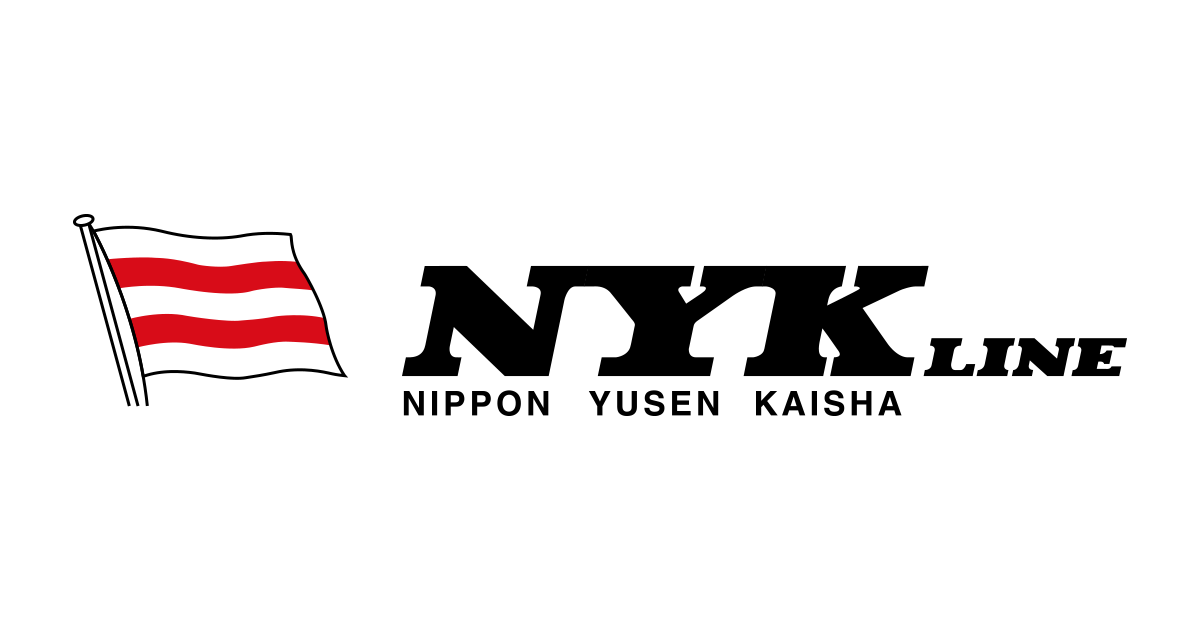As an industry the world’s shipping fleet consumes over 230 million metric tons of fuel per year, which in turn produces 716 million metric tons of CO2-equivalent emissions. However, shipping is in the midst of a major transition to reduce its emissions and become a far more sustainable industry.
There are many options and opportunities to achieve this, including the development and configuration of ships engines, plus consideration of numerous low-to-zero carbon fuels. According to Clarksons Research, nearly 30% of all vessels on order are designed to use alternative fuels, with another 14% carrying “alternative-fuel ready” notations—clear evidence that greener shipping solutions are on the rise. Regarding marine fuels, we see an increase in the uptake of sustainable biofuels and Renewable Liquid & Gaseous Fuels of Non-biological Origin (RFNBO, e.g., methanol) but this is still limited. Therefore, LNG has become a leading transition fuel for the maritime sector.
Since 2021, the number of LNG-fuelled vessels has tripled, now surpassing 1,200 ships according to the DNV Alternative Fuels Insight (AFI) platform. This fleet includes about 452 container ships, 242 tankers, 208 car carriers, 73 bulk carriers, and 49 cruise vessels, underscoring LNG’s accelerating adoption as a transitional fuel. All those, in addition to 751 LNG carriers.
But why use LNG as a marine fuel? Well, LNG is primarily methane (85-95%) with a high energy content of 55.5MJ/Kg and offers around 30% lower CO₂ emissions (TTW) than traditional bunker fuel. However, a major negative impact to using LNG is that methane has a global warming potential (GWP) 29.8 times higher than CO₂ over 100 years—and more than 80 times higher over 20 years. This makes reducing any methane emissions across the entire LNG lifecycle critical.
When used as the fuel in a ship’s engine, a certain percentage of the methane present remains unburnt and can escape to atmosphere. This is known as “methane-slip”. Our data shows that double-digit slip (in g /kWh) can and does occur—often due to engine malfunctions or low-load operation. Beyond combustion, fugitive emissions (leakage) and emergency releases also add to the total methane footprint.
Efforts to mitigate methane slip vary widely—from proactive collaborations with engine manufacturers that achieve 50–70% reductions, to a “do nothing” approach relying solely on EU MRV default slip factors. Under these regulations, default slip values range from 3.1% for dual-fuel medium-speed engines to 0.2% for dual-fuel slow-speed engines. Notably, four-stroke LNG engines make up nearly 30% of all LNG-capable vessels.
While the industry considers future fuels such as, biofuels, renewable bio-methane and e-methanol, these introductions alone will not resolve methane slip in existing methane-fuelled operations. Consequently, equipment manufacturers, shipowners, operators, and regulators are focusing on practical, near-term measures to reduce onboard methane slip at the vessel level—an essential step toward lowering the climate impact of LNG-fuelled shipping.
Across international shipping, there are still no dedicated regulations specifically targeting methane slip. Within the EU’s Fit for 55 package we have the FuelEU Maritime, which includes well-to-wake (WtW) methane slip in its compliance framework. This requires operators to account for the CO₂-equivalent impact of methane across the entire fuel life cycle. We also have the Emissions Trading System (ETS), which already mandates tank-to-wake (TtW) methane slip reporting in CO₂-equivalent terms. Starting in 2026, methane emissions will directly influence ETS allowance requirements, linking methane slip more tightly to trading costs.
Meanwhile, the Global Methane Pledge calls for rapid methane reductions to keep the 1.5°C climate target within reach. Furthermore, the IMO’s 2024 Guidelines on Life Cycle GHG Intensity of Marine Fuels may soon drive stricter measures relating to methane slip. Taken together, these developments signal a future with tighter regulations, stronger enforcement of methane accounting in CO₂-equivalence terms, and a faster pace of innovation to reduce methane slip in shipping.
So, how can methane slip be reduced? There are four key areas starting with:
- Engine Design Improvements
- Reduce Crevice Volumes:
- Transition to Diesel-Cycle Gas Engines with High-Pressure Gas Injection:
- Optimize Low-Pressure Dual-Fuel Engines (Otto-Cycle)
- After-Treatment Solutions
- Install Methane Oxidation Catalysts: o Incorporate catalysts into the exhaust system of newbuild ships. o Ensure catalysts are maintained and replaced as needed to sustain up to 80% reduction in methane slip. o Monitor exhaust temperatures and adjust as necessary to keep catalysts within optimal operating ranges.
- Operational Adjustments
- Avoid Prolonged Low-Load Gas Operation: o Plan voyages and engine use to maintain higher loads when running on LNG. o Use operational strategies such as scheduling heavier loads or adjusting speeds to minimize low-load scenarios.
- Switch Between Gas and Fuel Oil at Low Loads:
- Ensure Proper Maintenance and Engine Optimization:
- Hybrid or Battery Integration
- Integrate Hybrid Systems or Batteries:
Many shipowners/operators use calculated emission factors for their emissions reporting. However, these calculations are very often inaccurate and unreliable. This fact can be overcome by utilising real-time measurement and monitoring of methane-slip, which from a regulatory perspective and more importantly for the well-being and sustainability of our planet, is now of significant importance.
To this end, VPS have a proven, innovative measurement solution, using our Emsys-Continuous Emissions Monitoring System. Operating a unique cascade-laser technology, for full stack emissions monitoring, Emsys has the ability to measure and control methane slip (g/kWh) as a function of engine load and other operating factors—while correlating that data with SO₂, CO₂, CO, and NOx flow rates.
VPS data, taken from over 200 vessels currently using Emsys, confirms that double-digit methane slip isn’t rare and is often tied to engine misfunction, or sustained low-load operation. Additionally, other methane sources (operational leaks, emergency releases) also contribute to the emissions. It’s worth noting, the VPS emsys solution is the only class approved technology which provides full-range (up to 20,000ppm) answers around methane-slip.
There are numerous methods to assess the Ship-Level Methane Slip including:
- Onboard measurement (based on continuous exhaust gas measurement) • NOx Technical Code (E2/D2/E3 test cycle) • Actual operation profiles (calculating energy-based averages) • FuelEU default values
If you’re already using—or considering—LNG as a fuel, tackling methane slip should be your top priority. This is crucial not only for environmental stewardship but also to meet tightening regulatory requirements. By applying operational best practices and adopting next-generation technologies—such as advanced engines, methane catalysts, and other innovative solutions—shipowners can significantly reduce methane emissions today. The key first step is obtaining a clear, data-driven view of your vessel’s actual methane slip, using VPS Emsys. With that insight, you will be well-equipped to make informed decisions that benefit both the environment and your bottom line. Source: Veritas Petroleum Services




